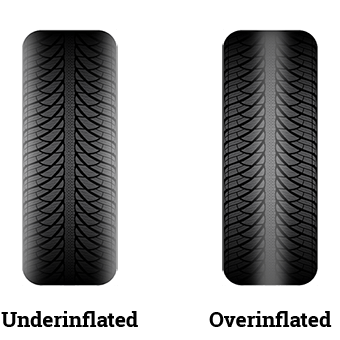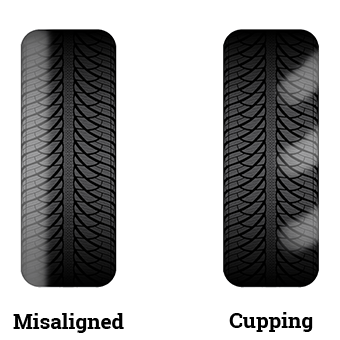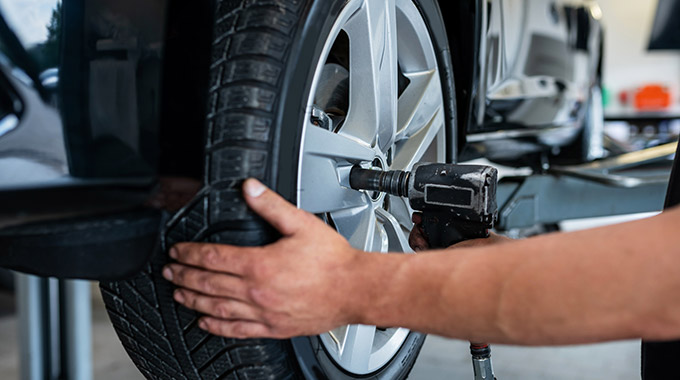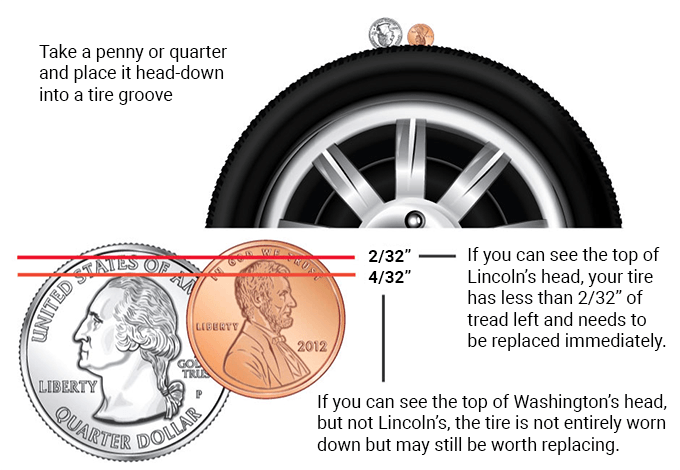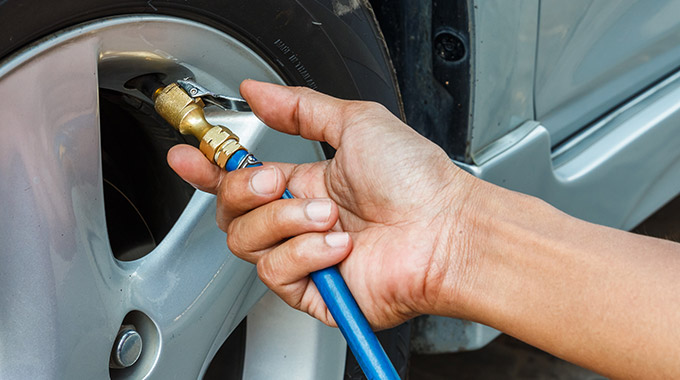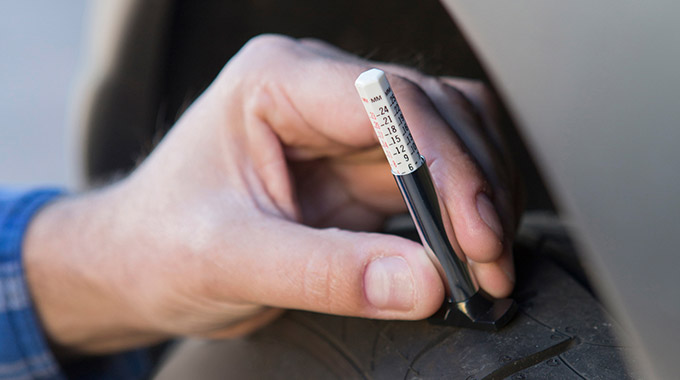Maintaining your tires is an unavoidable part of car ownership.
Tires affect many other aspects of driving, including fuel economy, handling, braking, comfort, and weather safety. That's why proper tire care is essential: Neglecting it can reduce your tires' useful lifespan, lead to expensive problems, and make your car more dangerous to drive.


